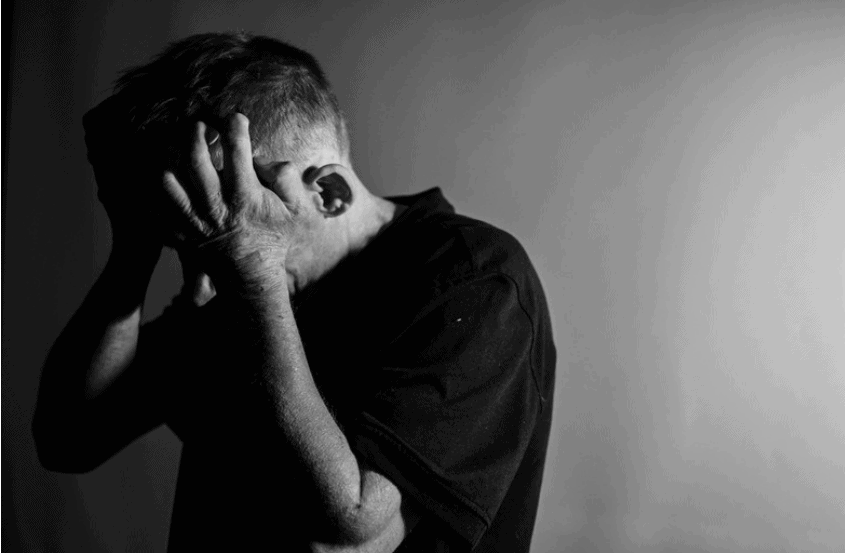In the past few months, the opioid crisis has dominated the headlines. From the staggering death toll to the prevalence of fentanyl and other opioid drugs, it seems like everyone has an opinion about the crisis. But while the media often focuses on the sensationalist aspects of drug abuse, like rampant heroin addiction or overdose outbreaks in rural towns, the problem is much more pervasive and serious than many realize.
Addiction affects everyone, and not just in the United States. In fact, the opioid crisis has become a pandemic across the globe, with the United Nations reporting that more than 80 people in the United Kingdom die from opioid overdoses every day.
The United States is not immune to the crisis, either. Opioid addiction has become a major problem in many states, with numbers to back that up. While no part of the U.S. is immune to the negative effects of this epidemic, some states have felt the brunt of the pain more than others. In this article, we take a look at the top 10 states with the largest addiction problems and discuss some possible causes.
1. West Virginia
West Virginia is widely considered to be the hardest-hit state in the opioid crisis. With an overdose death rate nearly twice the national average, a staggering one in five West Virginians are considered to be addicted to or abusing opioids.
While the overdose rates in many other states have risen above the national average, West Virginia has been above and beyond. The state has also seen an increase in cocaine and crack use.
2. Ohio
Ohio has the third-highest drug overdose death rate in the country, more than Indiana, Pennsylvania, and New Jersey combined. The state has also seen a huge increase in fentanyl-related deaths, which has fed into an overall increase in overdose deaths.
In addition to fentanyl, heroin, and prescription drug overdoses, Ohio has seen an increase in alcohol-related overdoses. This spike in alcohol-related deaths can largely be attributed to binge drinking, which has become increasingly common among young people.
3. Kentucky
When President Trump declared the opioid crisis a public health emergency, he likely had Kentucky in mind. The Bluegrass State has the highest drug overdose death rate in the country, and the crisis has hit the state hard.
In 2017, more than one in eight (12.9%) of all deaths in the state were drug-related. With more than 19,000 overdose deaths in the state, that amounts to more than one life lost every six minutes.
The number one cause of death in the state is now opioid poisoning, followed by alcohol-related diseases. It’s worth noting that heroin use has also almost doubled in the state since 2013, with the number of heroin users rising from 9,285 in 2016 to 15,449 in 2017.
4. Illinois
With more than 3,000 drug overdose deaths in 2016 and a death rate above the national average, it’s no surprise that the state with the sixth-most population in the country has the sixteenth-highest drug overdose death rate overall.
Heroin, fentanyl, and prescription drug overdoses have all contributed to the alarming rise in overdose deaths in the state. Fentanyl is often mixed with heroin, making it a much more potent form of the drug.
5. Maine
Maine has the dubious distinction of ranking as the state with the highest drug overdose death rate in the country. The crisis has prompted officials to declare a public health emergency, and drug overdose rates have spiked in the state.
In 2017, there were more than 2,000 drug overdose deaths in the state, representing a 25% increase over the previous year. Heroin and fentanyl were the main drivers of the spike, with heroin overdose rates rising from 11.8% to 26.3%.
6. New Hampshire
The Granite State has the fourth-highest drug overdose death rate, and the numbers are rising. There were more than 1,000 drug overdose deaths in 2017, representing a 40% increase over the year before. Officials have attributed the rise in overdose deaths to fentanyl and other synthetic opioids, which are often mixed with heroin.
7. Louisiana
Similar to New Hampshire, Louisiana has also seen a dramatic rise in drug overdose deaths. In 2017, there were more than 1,000 drug overdose deaths, representing a 25% increase over the year before. The numbers might be even higher than what experts have seen, however, as the data was gathered by extrapolation. The state only keeps track of deaths caused by poisoning, which means that it did not include those from natural causes or from diseases.
8. Minnesota
Minnesota has seen an increase in drug overdose deaths for two consecutive years, with more than 500 deaths recorded in both 2016 and 2017. While most of the deaths were from opioids, heroin, and other drugs, some were also caused by alcohol.
9. Nevada
With the highest drug overdose death rate of any state, Nevada is in desperate need of solutions to the opioid crisis. In 2017, there were more than 400 drug overdose deaths in the state, representing a 28% increase over the year before.
The major driver of the rise was heroin use, which rose from 6% of all deaths in 2016 to 12% in 2017. Another driver was fentanyl, which rose from 16% in 2016 to 36% in 2017.
10. Rhode Island
Rhode Island has become an opioid crisis leader. In 2017, there were more than 300 drug overdose deaths in the state, representing a 28% increase over the year before. The major driver of the rise was fentanyl, which rose from 7% of all deaths in 2016 to 28% in 2017. Another driver was heroin, which rose from 8% in 2016 to 19% in 2017.
Asheville Recovery Center Is Here For You
Addiction is a chronic, relapsing disease, and as such, it’s important to be patient with those who are struggling. Those in recovery from addiction should not be viewed as failures and should be treated with kindness and respect.
Fortunately, there are ways to prevent drug addiction and help those who are already struggling. If you or someone you know is struggling with addiction, it is important to get treatment. At Asheville Recovery Center treatment specialists utilize a 12-step program and practice holistic rehabilitation.
Services at the center include:
Partial Hospitalization Program – At Asheville Recovery Center we offer a partial hospitalization program for clients who need post-residential treatment as well as for clients who need primary treatment but are unable to enroll in inpatient programs. Our PHP track offers a variety of therapeutic services and benefits to individuals in early recovery from substance addiction.
Outpatient Rehabilitation – During intensive outpatient treatment (IOP), clients live at home or in a sober living residence while completing an addiction treatment program. IOP is a place where clients can process their experiences in twelve-step fellowships and support one another in those individual journeys.
Addiction is difficult to overcome alone. If you feel that you or a loved one is struggling with substance abuse, our specialists are on standby and ready to help. Call and speak with an addiction expert today.









